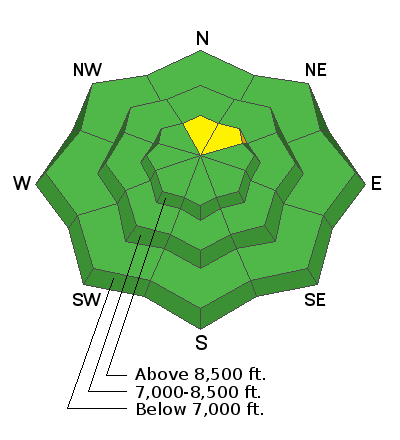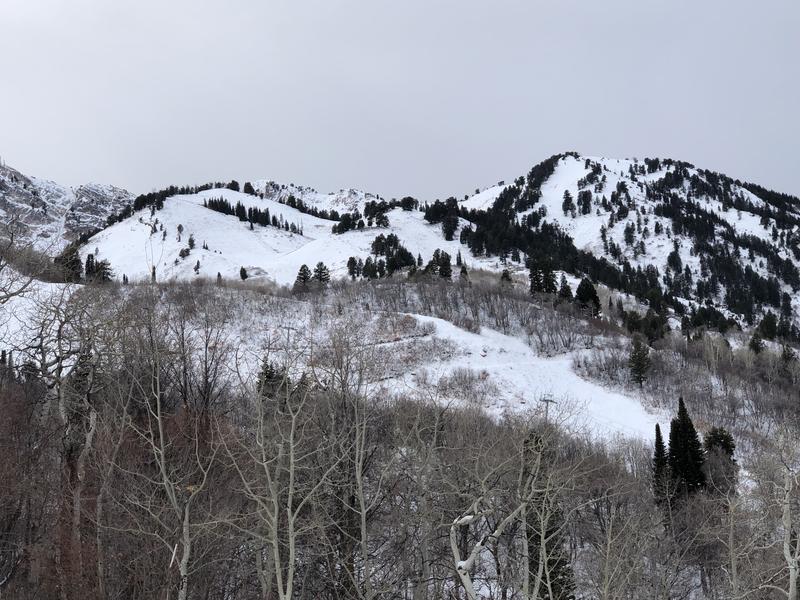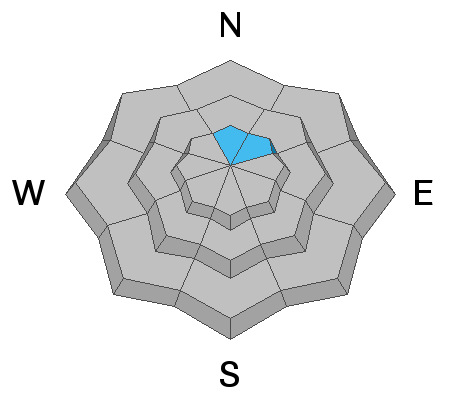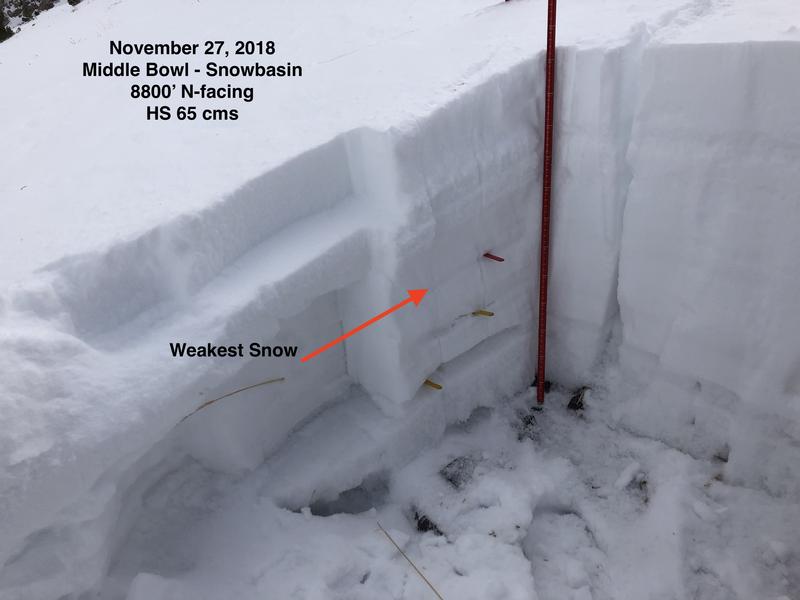Forecaster's Corner: Clear, cold, and calm days are great days to be in the mountains but they're also the days that do the devil's business in the snowpack, particularly at and just below the snow surface. These were exactly the conditions during Sunday/Monday's high pressure (clear, cold, calm) that fostered the development of both surface hoar (wintertime equivalent of dew) and what we call diurnal recrystallized snow AKA near-surface faceting. Makes for great skiing and riding as the snow surface remains soft and turn-able, but problematic once buried. The question now lies in whether the pendulum has swung the other direction with the last 36 hours of warm, overcast, and some wind. Have the last 36 hours atmospheric conditions destroyed the surface hoar and rounded off the sharp edges from Sunday/Monday? Greg's team found that this was the trend.
How to tell? Snow loupes can offer some insight into the evolution of the snow crystal metamorphism. Or simply being aware of the presence (or lack thereof) of surface hoar. When today's snow surface is slightly buried by a few inches of snow, the various shovel-tilt tests can reveal a lot. Resources: Birkeland, Johnson, and Schmidt's seminal paper from the mid-90s on near surface faceting is very readable
here. How to Do a Shovel-Tilt test
here.











